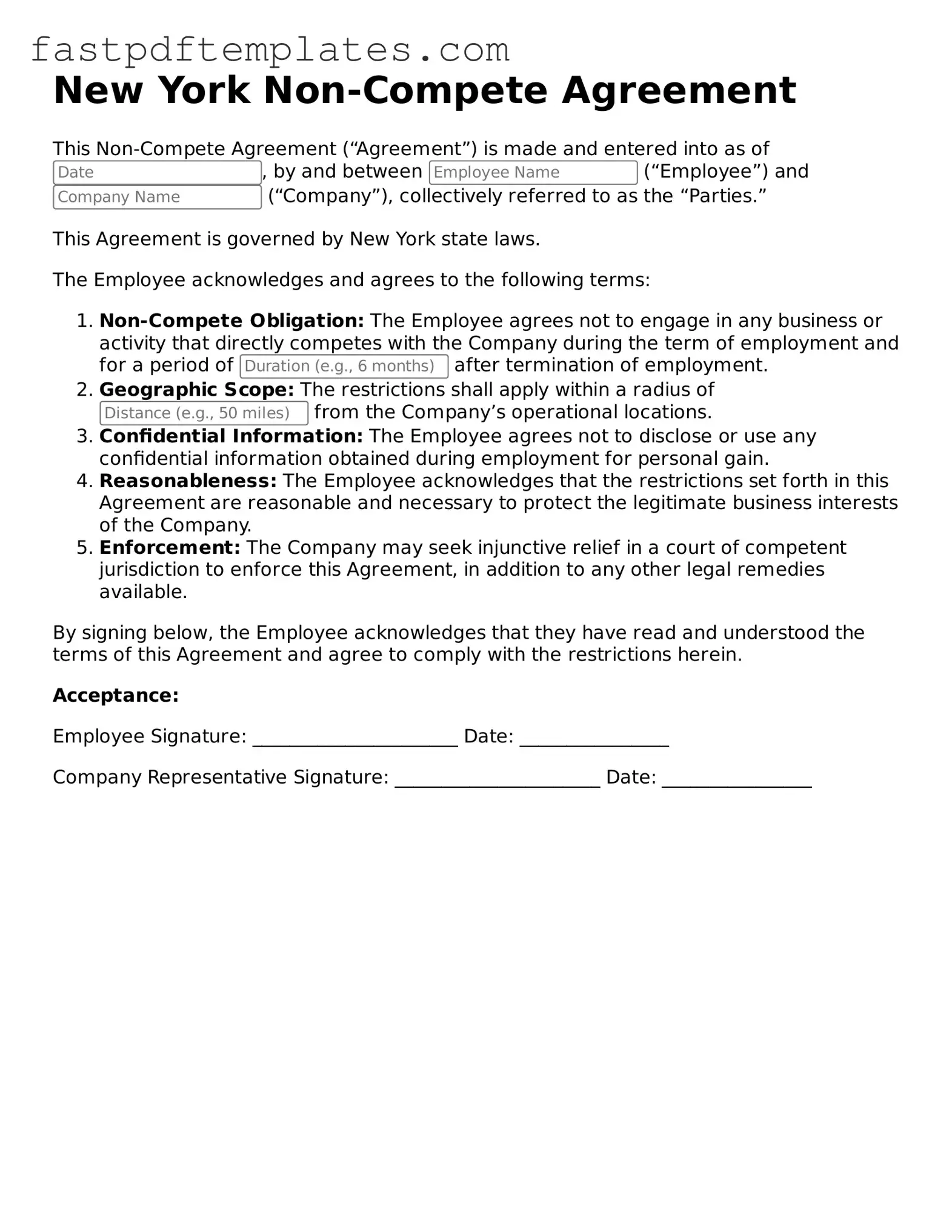Attorney-Approved New York Non-compete Agreement Document
A New York Non-compete Agreement is a legal document that restricts an employee from working for competitors or starting a similar business for a specified period after leaving their current job. These agreements aim to protect a company's confidential information and trade secrets. Understanding the nuances of this form is essential for both employers and employees navigating their rights and obligations.
Access Document
